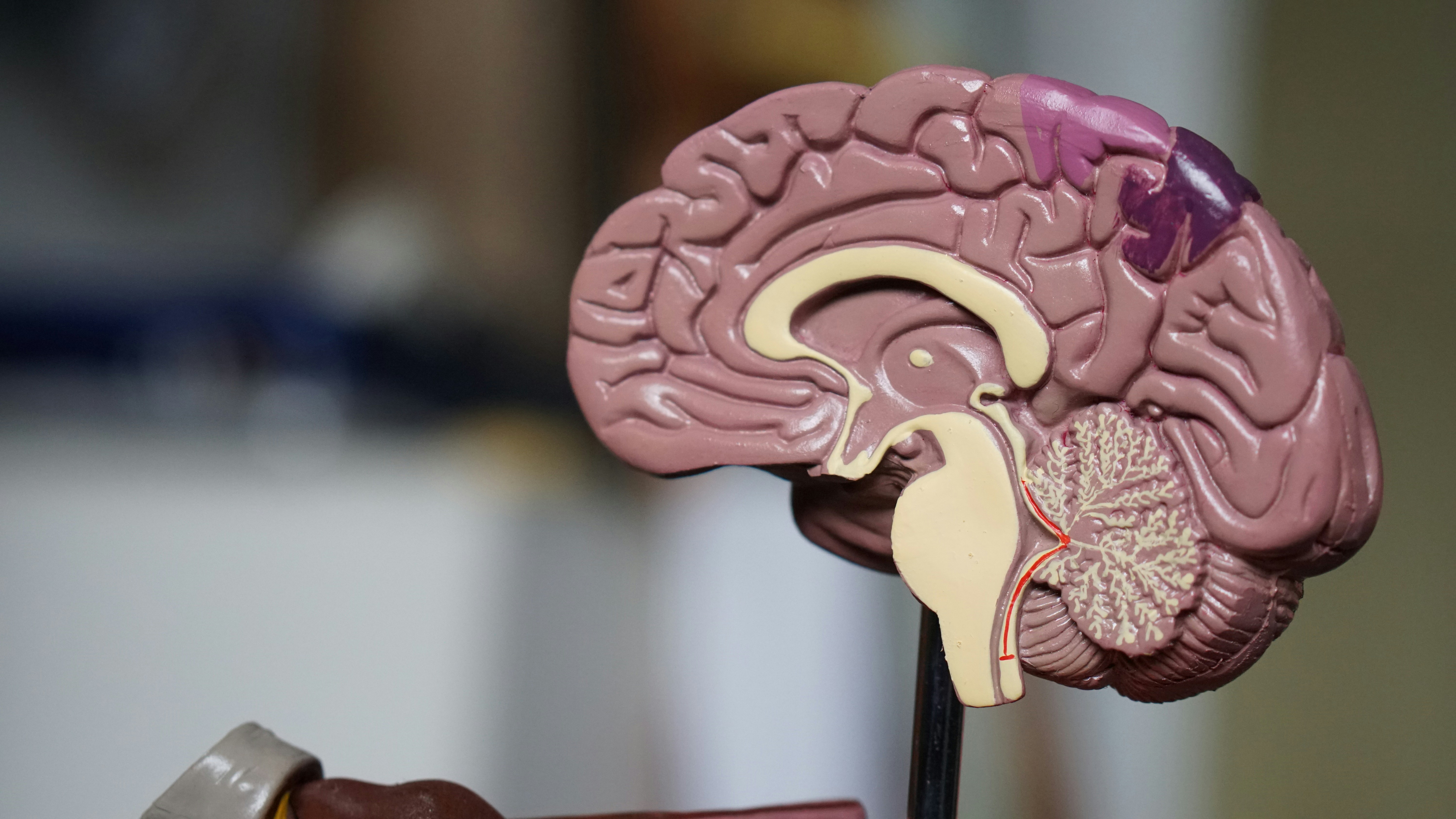Labor market changes: automation, mobility, and workforce training
Labor markets are shifting as automation and digitalization change task mixes, while mobility and migration alter where people live and work. Workforce training, education systems, and local services must adjust to demographic changes, urbanization, and inclusion challenges.

The labor market is undergoing interconnected change driven by automation, digitalization, and population mobility. Advances in technology are reshaping which tasks are routine and which require human judgment, while migration and aging affect workforce supply across regions. Education and workforce training systems face pressure to provide flexible, accessible pathways that support participation, promote inclusion, and respond to shifts in housing and urbanization patterns.
How do demographics and aging shape employment?
Population aging and demographic change influence labor supply and demand in many countries. A larger share of older workers can increase demand for flexible schedules, phased retirement options, and roles that accommodate physical limitations. At the same time, lower birthrates in some areas mean fewer younger entrants to replace retiring workers, which can create gaps in specific occupations. Addressing these shifts involves workplace redesign, targeted retraining for mid-career workers, and policies that recognize varied career trajectories while maintaining productivity and worker well-being.
Demographics also interact with housing availability and local services, affecting where people choose to live and whether they can participate in the labor market.
How does digitalization and automation affect jobs?
Digitalization and automation change the nature of work by replacing or augmenting routine tasks while increasing demand for skills in digital tools, data interpretation, and human-centered roles. Some jobs may be redefined rather than eliminated, with technology handling repetitive components and workers focusing on oversight, creativity, and complex decision-making. Employers that integrate automation with complementary human skills can shift job descriptions toward higher-value activities.
Responses that combine technological investment with human-centered design—such as job redesign, on-the-job training, and clear transition supports—help reduce disruption and distribute benefits more evenly across the workforce.
How can education and workforce training adapt?
Education systems and training providers can support smoother labor market transitions by offering modular, competency-based programs, recognition of prior learning, and stronger links to employers. Short courses, apprenticeships, and micro-credentials can help workers update skills quickly, while partnerships between firms and education institutions make curricula more relevant to evolving job requirements. Ensuring access to training for underrepresented groups and those in regions affected by job displacement is central to promoting inclusion and reducing inequality in employment outcomes.
Policies that subsidize learning for low-income workers or support local training centers increase the likelihood that upskilling reaches those who need it most.
How does migration and urbanization influence mobility?
Migration—both internal migration to cities and international flows—affects labor availability and skills distribution. Urbanization concentrates economic activity, often increasing job opportunities and innovation, but it can also strain housing, transport, and social services. These pressures influence commuting times, the affordability of living near employment centers, and the feasibility of in-person versus remote work arrangements. Local planning that integrates housing, transport, and employment strategies helps align labor supply with demand and supports participation across demographic groups.
Supporting regional mobility through accessible local services and housing options can ease pressure on urban centers while broadening employment opportunities in other areas.
How do inequality and inclusion matter in the labor market?
Inequality can be amplified when access to education, connectivity, and training is uneven. Inclusion efforts—such as diversity in hiring, targeted skills programs, and supports for caregivers—help ensure that technological change does not disproportionately harm particular groups. Addressing structural barriers, from childcare to transport and digital access, promotes broader participation and can improve overall employment rates and productivity.
Monitoring outcomes by demographic group and sector helps identify where interventions are most needed and whether policies are reducing gaps over time.
How do mental health and participation affect workers?
Changes in work—rapid reskilling demands, uncertain career paths, and shifts in work location—affect workers’ mental health and capacity to participate fully. Employers and policymakers can mitigate negative effects by providing mental health resources, clear information about training opportunities, and supports for transitions between roles. Creating psychologically safe workplaces, offering flexible arrangements, and ensuring that workloads remain manageable contribute to sustained engagement and better long-term outcomes for both employers and employees.
Regular assessment of workplace stressors and access to local mental health services supports resilience during periods of change.
Conclusion Automation, mobility, and workforce training are interconnected forces shaping modern labor markets. Effective responses combine investments in digital skills and human-centered technology with inclusive training pathways, supportive local services, and policies that address demographic and urbanization pressures. By aligning education, housing, and employment strategies, stakeholders can foster participation, reduce inequality, and support mental health as economies adapt to ongoing change.





